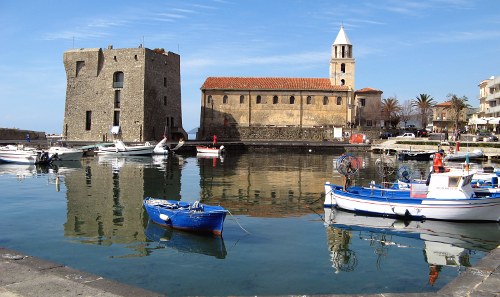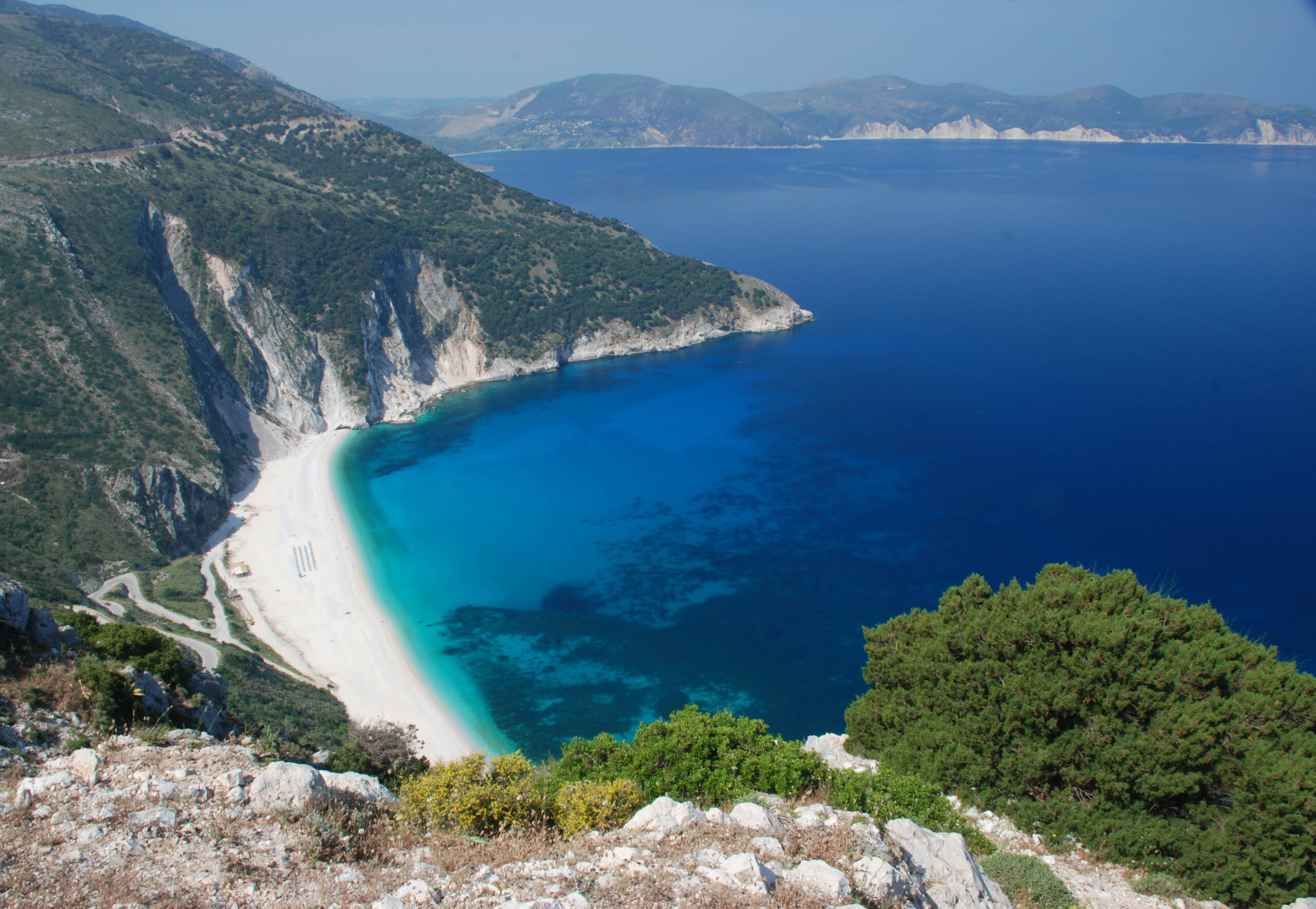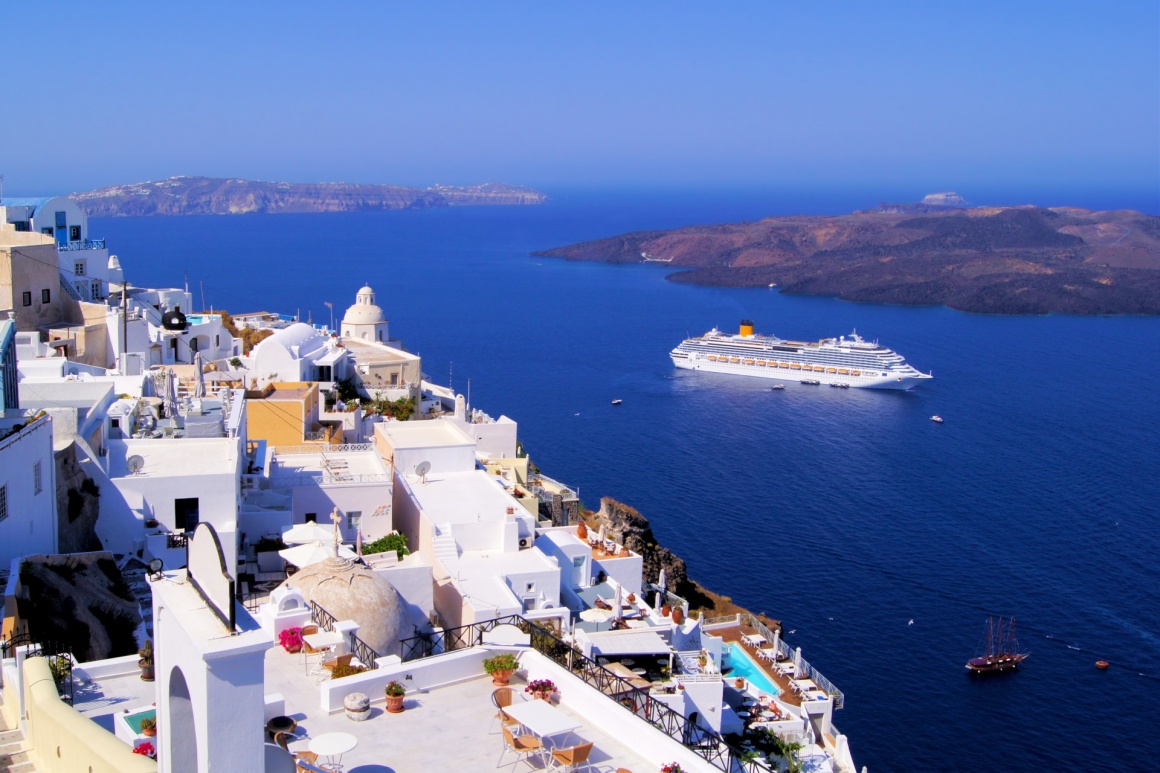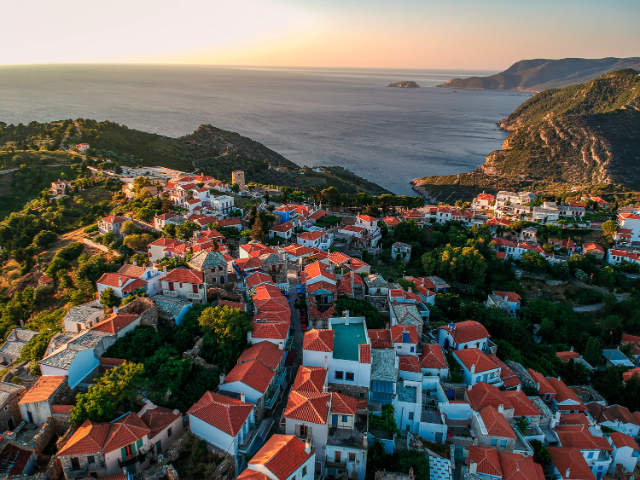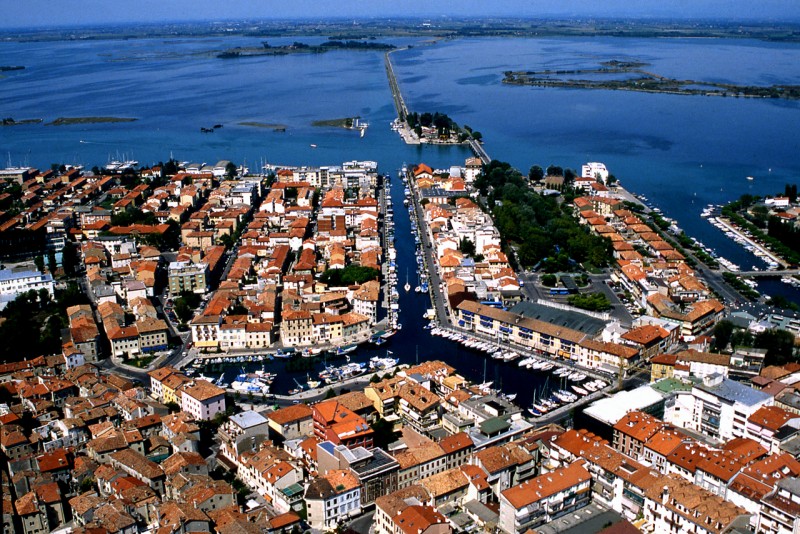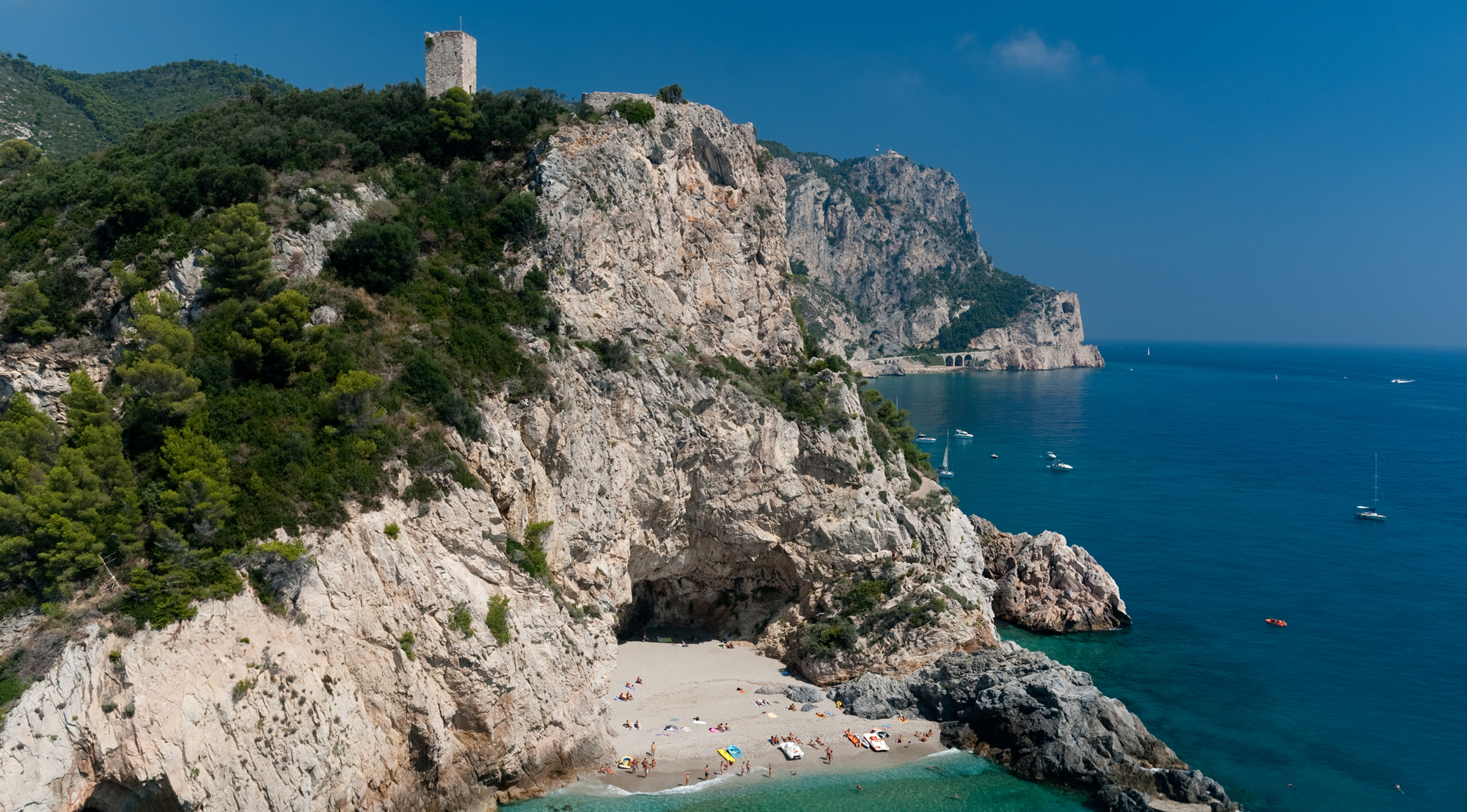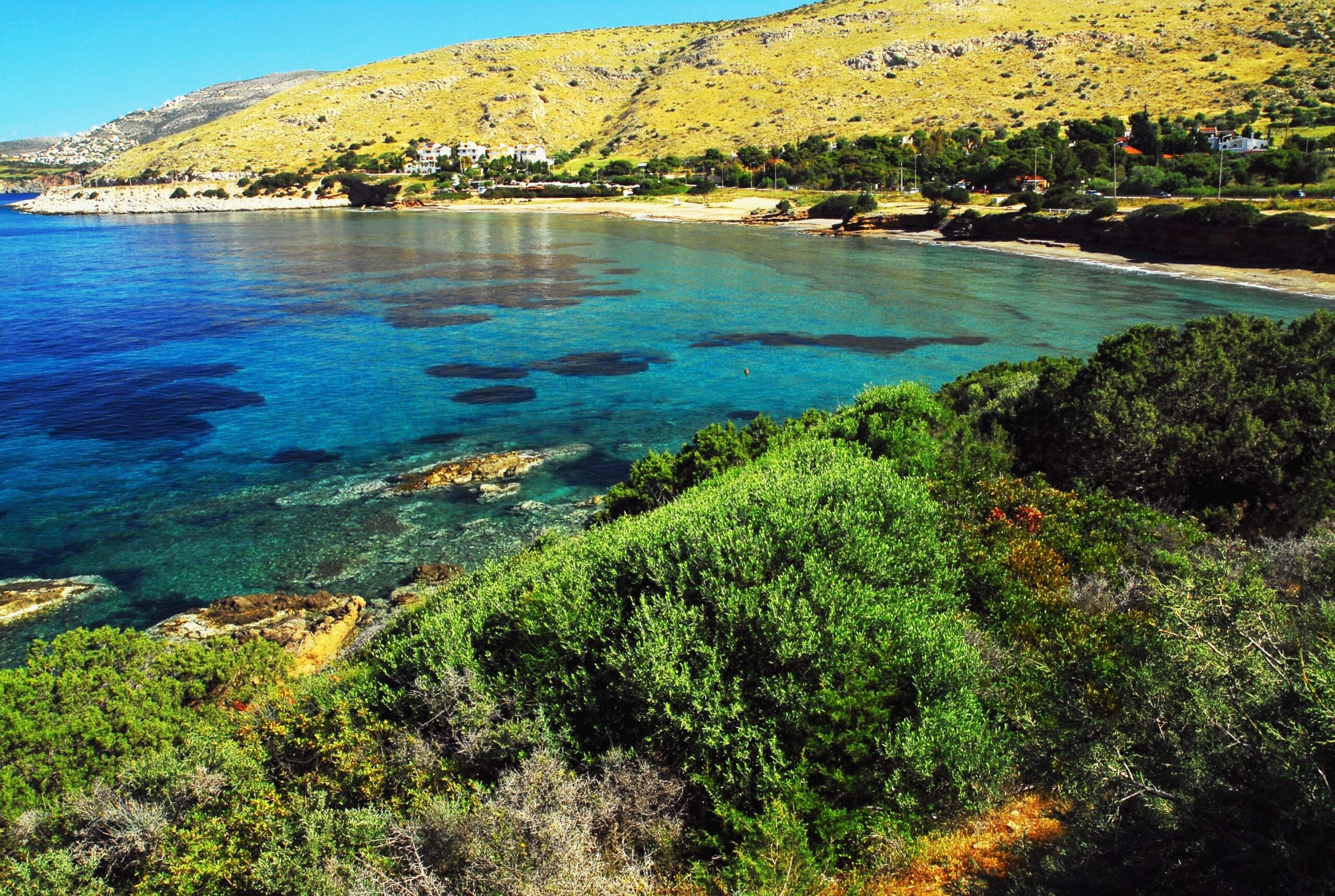Coming from Salerno, the first to be encountered is Acciaroli, where the purity of the sea is "certified." For more than a decade this tiny hamlet of Pollica has been awarded the blue flag for the quality of its waters. Its beaches are visited by tens of thousands of vacationers from all over Europe and often from other parts of the world. The marina, which "closes" the Marina to the southeast, with an availability of 300 berths, is the undisputed reign of the fishermen of the ancient village who, the story goes, inspired Ernest Hemingway for his masterpiece "The Old Man and the Sea." Within the village stand the Church of the Annunziata and the remains of the Franciscan convent (dating back to 1565).
A few more kilometers and we are in Pioppi. Dominated by the grim profile of the 17th-century Vinciprova castle, this quaint Cilento village shares with Acciaroli the record for water purity.
Exactly halfway between the two coastal "pearls," on a hill 420 meters above sea level, stands the town of Pollica. The present historic center began to develop around the ancient Church of St. Nicholas from the 16th century. Undoubtedly worth a visit is the Franciscan Convent: it dates back to the 15th century and contains frescoes and paintings of fine workmanship. The perfectly preserved ancient center of Pollica, however, is dominated by the Princely Palace: a true work of art with sumptuously frescoed halls, dating back to 1290. Also of historical, artistic and architectural value is the Church of St. Peter.
Overlooking the Gulf of Palinuro, Pollica is a town with a millennial history whose origins are documented as far back as 1113. The first settlements in the area date back to the 6th-8th centuries, following Byzantine emigration and the presence of Basilian monks.
